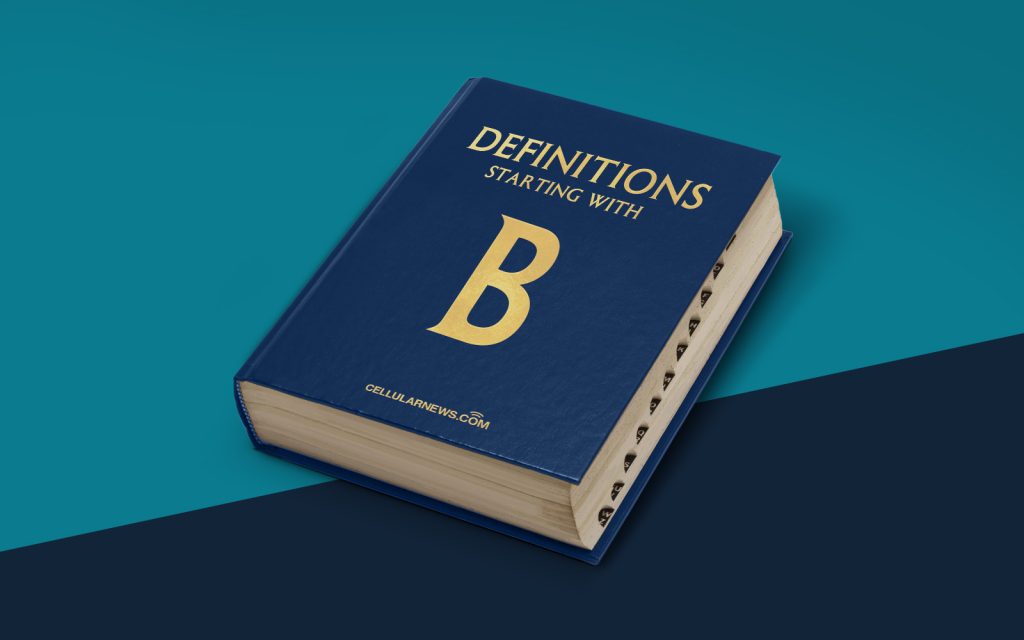
Bilinear Filtering: Enhancing Image Quality for a Better Visual Experience
Have you ever wondered how your favorite video games or high-resolution images look so stunning? Well, behind those captivating visuals lies a technique known as bilinear filtering. In this article, we will delve into the world of bilinear filtering, exploring what it is, how it works, and why it is essential in delivering an enhanced visual experience.
Key Takeaways
- Bilinear filtering is a graphical algorithm that enhances image quality by interpolating the colors of pixels in between two existing pixels.
- It helps to smooth out jagged edges and reduce pixelation, resulting in improved image clarity and visual detail.
The Basics of Bilinear Filtering
Put simply, bilinear filtering is a technique used to enhance the visual quality of graphics in computer graphics, video games, and image rendering. It is an algorithm that smooths out the appearance of pixels to reduce jagged edges and pixelation, resulting in a more realistic and visually appealing image.
The process of bilinear filtering involves the interpolation of colors between two existing pixels in an image. This interpolation is done based on the colors and positions of neighboring pixels. By calculating the average of these colors, bilinear filtering creates new pixels with blended colors, effectively reducing the sharp transitions between pixels and producing a smoother image.
One of the primary applications of bilinear filtering is in texture mapping, a process whereby a two-dimensional image is applied to a three-dimensional surface, giving it the appearance of a realistic texture. Bilinear filtering helps to maintain the integrity of the texture by preventing it from appearing blocky or distorted.
Why is Bilinear Filtering Important?
Bilinear filtering plays a crucial role in improving image quality and ensuring a more immersive visual experience. Here are a few reasons why it is an important technique:
- Reduced Pixelation: When an image or a texture is magnified, it may start to appear pixelated, with the individual pixels becoming visible to the naked eye. Bilinear filtering helps to mitigate this issue by blending the colors of adjacent pixels, resulting in a smoother image with reduced pixelation.
- Improved Image Clarity: By reducing jagged edges and smoothing out transitions between pixels, bilinear filtering enhances the clarity and sharpness of an image. This makes the visuals more appealing and realistic, particularly in high-resolution images and video games.
In conclusion, bilinear filtering is a graphical algorithm that significantly enhances image quality and improves the visual experience. By smoothing out jagged edges, reducing pixelation, and enhancing clarity, it enables us to enjoy stunning visuals in our favorite video games and high-resolution images. So, the next time you marvel at the lifelike graphics on your screen, you can thank bilinear filtering for its contribution.
